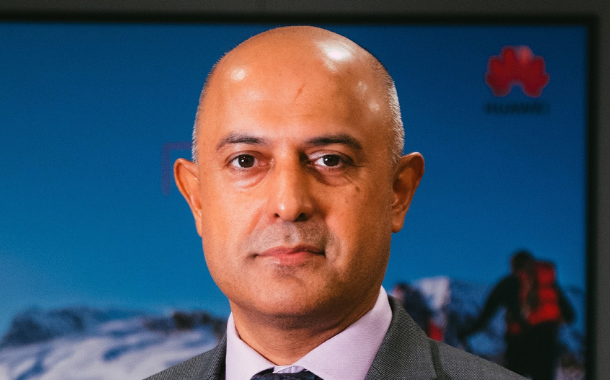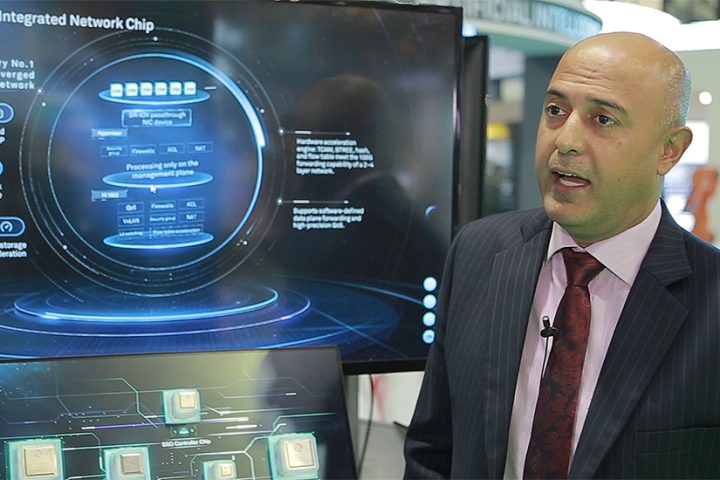Rapid urbanization is an established trend. As older cities try to adapt in order to provide essential services, new cities have the benefit of zero legacy infrastructure, allowing them to cater for expected needs in a better way. However, both new and established cities can benefit from greater use of technology, not only in planning but in all city operations including crisis response.
Cities became digital as broadband internet connections drove the adoption of e-services and e-commerce. They became “smart” when sensors in streetlamps, electric towers and countless other pieces of infrastructure combined to form the Internet of Things (IoT).
The next step in this urban evolution will be “cognitive” cities powered by artificial intelligence. Making this happen will require a host of technologies, including one that’s already being adopted by forward-looking cities: the digital twin.
An idea whose time has come
Digital twins are visual models of real-world objects. When the concept first arose 20 years ago, early applications focused on manufacturing. If you wanted to build a jet engine, for example, a digital twin gave you a visual model to work with. You could design the engine, stress-test it, and perform any other calculations you wanted before actually building the real thing.
Manufacturing is just one application. Used for urban management, digital twins can help cities do a better job in providing public transport, electric power, emergency services and more. This can be especially beneficial for new cities without legacy infrastructure, potentially shaving decades from the time they need to become modern metropolises. And because cities compete globally for talent and investment, the right incentives can catapult laggards to the front of the pack.
The logic is straightforward. Instead of twinning a jet engine, we can now build a digital model of an entire city. Every streetlight, every power station, every manhole cover can be monitored with a sensor and incorporated into a giant digital replica that provides a comprehensive view of the city in operation.
In sprawling megacities (Tokyo, Jakarta, Manila), this unified view is hard to achieve. But it’s extremely valuable. It can help planners design better cities, run them more efficiently, and plan for their future expansion. It can also help make cities more resilient, enabling faster recovery from a crisis.
Bouncing back from the brink
Imagine that a city’s complete physical infrastructure – parks, roads, water supplies, power grid – are all modeled in real-time. Besides better planning and management of typical chronic issues for a city, such as traffic congestion, a digital twin also allows better coordination and management in emergency situations due to the availability of real-time awareness and feedback.
If a city is struck by an earthquake, tsunami, or other catastrophe, ambulances, firefighters, police and other first responders will be needed at different locations. Traditionally, each service will respond with the information it has. A collective understanding of the situation will emerge gradually as personnel arrive at the scene. Digital twins provide integrated information in a richer format enabling authorities to allocate resources in a more coordinated fashion.
Digital twins also help with scenario planning before a crisis occurs. Making it more likely that cities will be prepared for large-scale emergencies, should they occur.
One good example is Virtual Singapore, a 3D platform that integrates data about physical infrastructure with information about demographics, population movement, climate, and other factors. The government has used Virtual Singapore to simulate an incident in a sports stadium as a way to formulate the optimal evacuation plan. It has also analyzed patterns of vehicle and foot traffic to plan the construction of a new pedestrian bridge.
The U.K., meanwhile, is building a national digital twin, an interconnected system of digitally modeled cities. It has also created what it calls a digital twin hub, a Web-based community for early adopters of digital twins to share information.
Shenzhen, a city in southern China, points the way to the next level of digital twins. Shenzhen is on its way to being a “cognitive” city. With a population of 17.5 million, traffic management is crucial. Using digital twins imbued with AI capabilities, Shenzhen has reduced traffic congestion by more than 10% without building any new roads; while its international airport has eliminated unnecessary shuttle-bus trips for about 5 million passengers annually. All of this was achieved through better real-time scheduling of resources at a speed made possible by advanced AI technology.
One significant factor in making both cities and countries resilient is data availability. After major natural disasters or wars, loss of land records and other data can create almost unimaginable legal headaches that can stretch on for years as litigants try to figure out what belongs to whom. Digital twins can make the recovery process significantly more efficient, so long as there is sufficient resilience in the data centers through backup and disaster recovery strategies.
The future of digital twins
In the past, airplanes were flown with mechanical controls; today, they use electronic flight-control systems supported by advanced computer technology. Similarly, today’s cities have gone from simply being digital to being “smart.”
The cognitive cities of tomorrow will rely on AI, creating intelligent twins that connect entire ecosystems and enable the metaverse. In this way, they can continuously realize the true potential of this powerful technology to make cities cleaner, safer, and more resilient.
The emerging technology creates cities that better bounce back from disasters, says Safder Nazir, Senior Vice President Digital Industries, Huawei ME.





















